Introduction to barrel treatment of litchi orchid coffee beans in Honduras description of brewing parameters and flavor of litchi orchid coffee
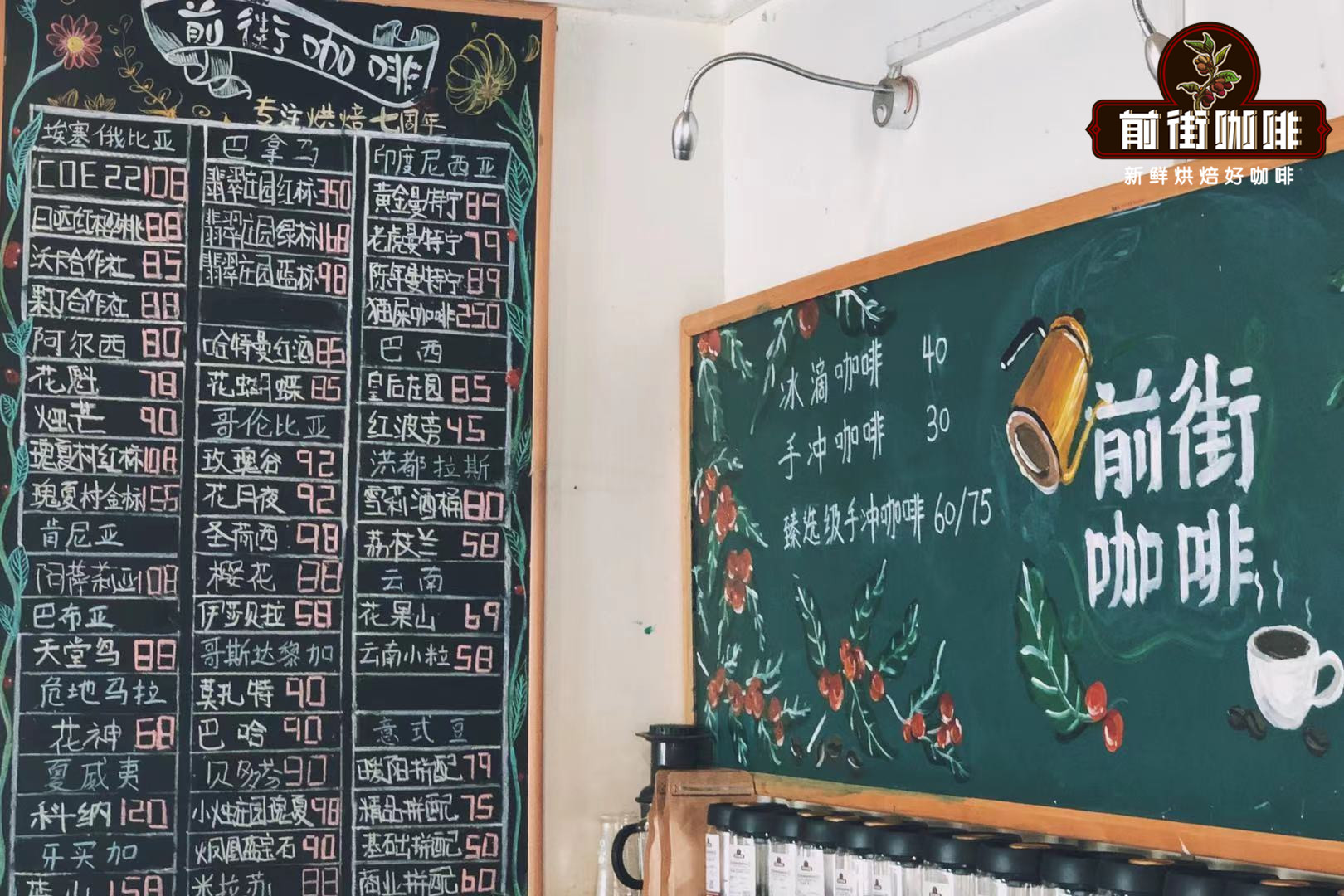
Professional coffee knowledge exchange more coffee bean information please follow the coffee workshop (Wechat official account cafe_style)
Guests often ask Qianjie Coffee, is the lychee orchid coffee bean in the shop the same as the lychee blue of 90 +? Of course, front street coffee does not make this typographical mistake. The lychee orchid coffee bean in the front street coffee shop is a coffee bean fermented in wine barrels from Honduras, while the 90 + lychee blue is a washed rose summer coffee bean from Panama. The two are very different flavors. Today, Qianjie Coffee will compare the difference between these two coffee beans, and what will be the difference in flavor.
90 + Litchi Orchid Coffee Bean Origin: 90 + Panama Rosa Manor
Variety: Heirloom
Level: 21
Altitude: 1250m-1650m
Treatment: washing
Flavor: on the basis of the flavor of the rose seed itself, it shows rich aromas of green tea / musk and basil herbs, with soft lemon and sweet and sour taste similar to litchi on the palate. there will also be a nutty taste similar to cashew nuts.

About 90 + litchi blue
Lychee blue, which appeared in 2016, is one of the top coffee series with 13 flavors. The English name is "ly-cell-o", which stands for "lychee and cello". Ly comes from the prefix of litchi lychee, while cello comes from David Darling's Cello Blue, which is the combination of litchi and cello. However, Qianjie coffee is not too much influenced by its name at first. After all, it still depends on whether the product is worthy of the name. Qianjie coffee cup test process, but also very contrived to play David Darling Cello Blue, take the meaning of the occasion, in the background of piano vocal music, carefully taste its flavor. Qianjie Coffee has soft lemon acidity of litchi blue, charming thyme, aftertaste of basil and rose jasmine. The unique rising bright flavor of the rose summer variety reflects very well, leaving behind the leisurely gentleness of rose jasmine, the sweetness of Earl Oolong tea, the smooth taste of hazelnut cream, and the more obvious flavor of lychee after cooling. the sweetness is also long-lasting.
Ninety Plus Coffee
90century recall Ninety Plus Coffee, a boutique coffee supplier from the United States, was founded in 2006. Ninety plus is an internationally renowned coffee bean production and sales company, and is famous for providing rare and unique raw coffee beans. Joseph Brodsky officially founded Ninety plus in 2007, and since the next year, we can see Ninety plus winning awards in large and small coffee competitions around the world. Among the six finalists in the 2013 WBC World Barista Competition, Ninety plus raw beans were used by contestants from Italy, Korea and Canada. Exquisite cultivation and processing of raw beans, excellent coffee varieties and unique grading system make Ninety plus a top and unique representative of raw beans in the market. Ninety plus exquisite raw bean cultivation and processing Profile Processing system formulate Profile Processing system, tailor-made for each bean, planting, harvesting, processing and other processes, and through repeated cup testing and correction, exactly let each bean seed, give play to its unique fruit flavor.

Ninety plus unique flavor classification and password classification
The lychee blue of W2 level39 in 90 + may need a simple explanation of the expression and grading of 90 +. Ninety Plus coffee is classified according to "fruit flavor intensity", which is different from traditional water washing (Washed), honey treatment (Honey) and sun treatment (Natural). It is also classified as W2, H2 and N2, but the fruit flavor grades created by different treatments are different, so you may drink sun-treated or water-washed coffee beans in the honey flavor "H2" category:
W2 = (Low) low fruit tonality, emphasizing brightness, acidity and floral aroma
H _ 2 = (Moderate) moderate fruit tonality, emphasizing sweetness, fruit taste (non-aroma) and tea taste
N2 = (High) has strong fruit tonality, emphasizing unrestrained flavor, sweet and sour, jam and dried fruit.

On the basis of the treatment method, "ninety +" is accompanied by grading, that is, the so-called level, which is represented as follows:
Level 7: harvested in a single production area. The rare varieties with fine taste and special flavor are selected by hand and then treated by Ninety Plus's unique method to reach the standard of "90 +".
Level 12: harvest in a single production area. This grade of beans must be a good taste that every coffee maker will never forget, and Hatchilla is a good representative.
Level 21 (L21), Level 39 (L39), most of these are "ninety +" Gesha varieties planted in Panamanian manors. Ethiopian Nekisse Red processed by special Red also belongs to Level 39 (L39).
Level 95 (L95) and Level 195 (195) are beans in the advanced microenvironment of the Panamanian manor, which are processed by patented drying technology after a long screening process. Reach the top taste standard in the design. Most of them will be processed under the personal care of founder Joseph. The annual output may only reach about ten to dozens of kilograms. It's a collection.
This litchi blue, some friends may be a little confused, in 2016, a total of 4 beans have been upgraded and improved, and lychee and cello is one of them, the taste will have a soft lemon sour taste, there is also similar to the sweet and sour taste of litchi, but also similar to the taste of cashew nuts, so lychee blue was only renamed later. And the level level has also been changed from 21 to 39.
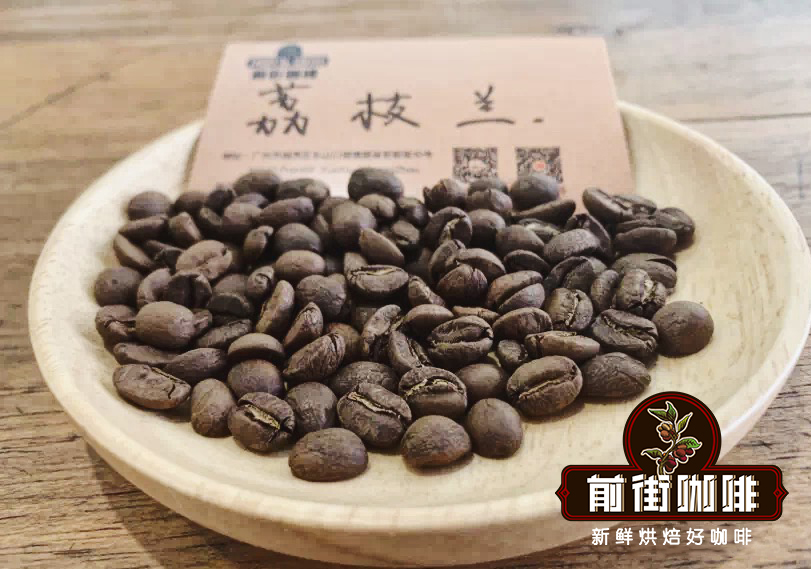
Front street coffee Honduras litchi orchid coffee beans
Producing area: Masaguara
Manor: Moca Manor
Altitude: 1500-1700m
Varieties: Kaddura and Kaduai
Treatment: fine washing and brandy barrel treatment
Honduras is located in the north of Central America, facing the Caribbean Sea to the north, the Gulf of Fonseca in the Pacific Ocean to the south, Nicaragua and El Salvador to the east and south, and Guatemala to the west, mostly mountains and plateaus. It covers an area of 112492 square kilometers and the coastline is about 1033 kilometers long. The whole territory, except the coastal plain, is mountainous, with the highest elevation of 3000 meters in the northwest and more than 2400 meters in the south.

Honduran coffee can be divided into six major producing areas, mainly located in the western and southern regions of Copan, Opalaca, Montecillos, Comayagua, Agalta Tropical and El Paraiso, but the litchi orchid of Qianjie Coffee is not from these six producing areas, but from Moca Manor, which is the producing area of Masaguara. The average elevation in this area is 853 meters, and it is more than 1500 meters at high elevations. Moca Manor is a small manor located at a high altitude in Masaguara.
Coffee variety
Qianjie Coffee this litchi orchid coffee bean is a variety of Kaddura and Kaduai. Kaddura, a natural variety of bourbon, was discovered in Brazil in 1937. Its tree is not as tall and shorter as bourbon. Due to inheriting the blood of bourbon, the resistance is relatively weak, but the yield is higher than that of bourbon. Although found in Brazil, Kaddura is not suitable for growing in Brazil, so it is not planted on a large scale in Brazil, but is popular in Central and South America, such as Colombia, Costa Rica and Nicaragua.
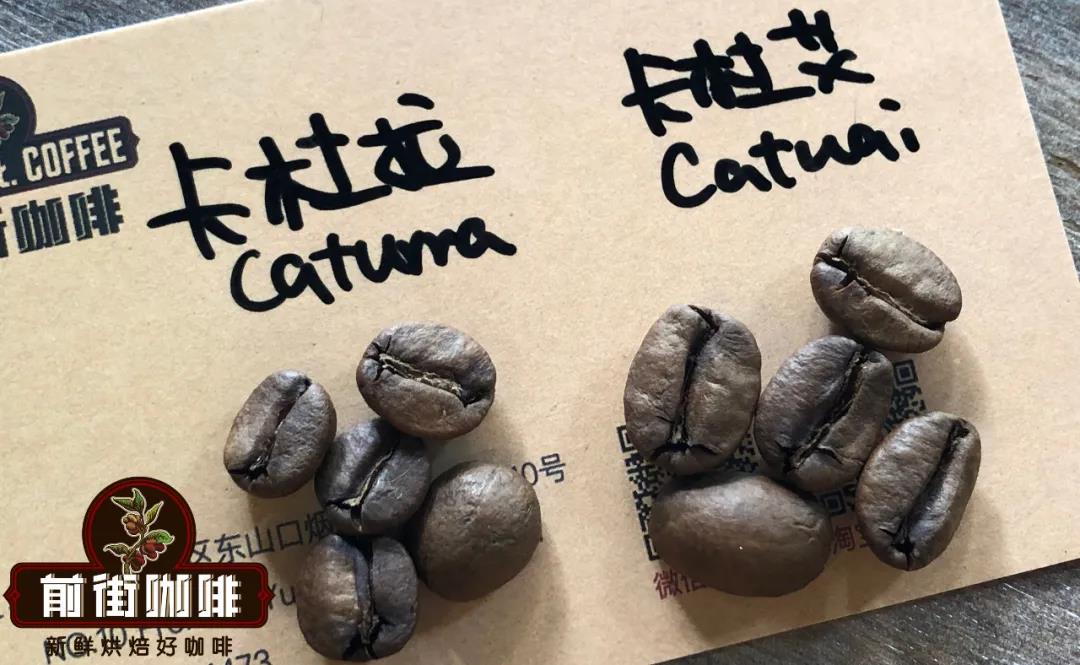
Kaduai is an artificial hybrid of Kaddura and Mondu Novo. Kaduai has a good ability to resist natural disasters, especially wind and rain. Kaduai tree species are relatively low, compared with other coffee trees, the fruit of Kaduai is stronger and harder to pick, and the fruit is both red and yellow.
Treatment method
Honduras lychee orchid is a boutique coffee bean carefully selected from Qianjie Coffee, which is similar to Shirley Coffee beans. Both are treated by barrel fermentation, which gives coffee beans a very strong flavor, except that Shirley's is a whisky barrel and the litchi orchid is a brandy barrel.
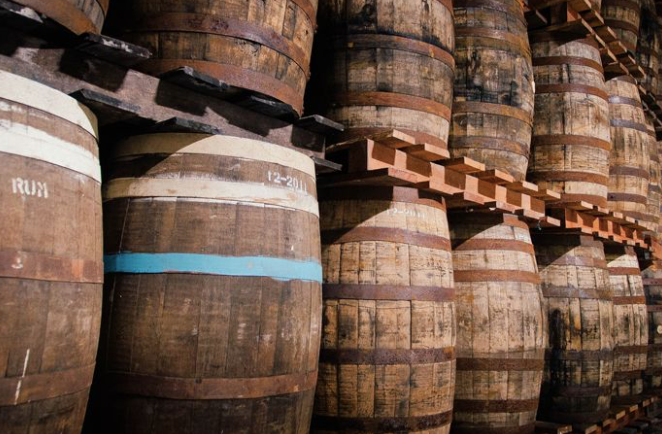
The front street coffee lychee orchid coffee beans have a strong wine aroma, the latter section shows a solid chocolate flavor, impressive. In recent years, many treatment plants have launched a variety of innovative treatment methods, the early 90 + treatment is still a new time, now anaerobic treatment, red wine treatment, and now oak barrel treatment, it can be said that more and more new treatments have also enriched the flavor of beans. In this delicate brandy barrel fermented litchi orchid, the freshly picked coffee fruits are first delicately washed, then fermented at low temperature in brandy oak barrels for 30-40 days (the temperature is about 15-20 ℃) to make the coffee beans absorb the flavor of the barrel, and finally dry in the shade. After brandy barrel fermentation, the beans have soft lychee and honey aromas, combined with alcoholic brandy and oak aromas.
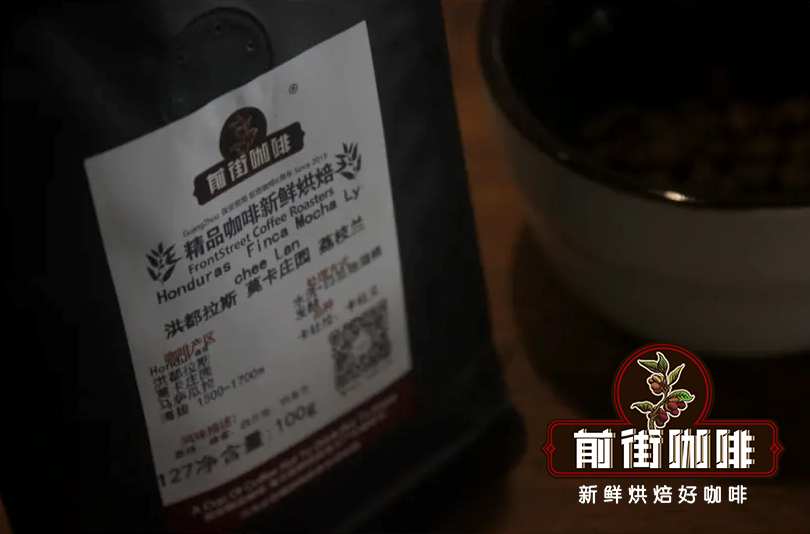
Baking suggestion
Qianjie Coffee made two different roasting adjustments to this litchi orchid coffee bean in the direction of shallow roasting. This is the only way for Qianjie coffee to get a new type of coffee beans. Roasting will not only study the coffee roaster's understanding of the bean producing areas, but also determine whether the baking curve is appropriate through cup testing, hand pulsing and other tasting links. So Qianjie coffee often appears this phenomenon, just a cup of coffee will have multiple items to judge, although it will take time, but Qianjie coffee thinks this is necessary, without repeated attempts of the process link, Qianjie coffee will not easily put a type of coffee beans on the shelf.
[litchi orchid baking curve 1]
Enter the bean temperature: 220 ℃, turn yellow point: 6 times 39 percent 30 ", 151.6 ℃, burst point: 9 percent 39 percent 53", 183 ℃, develop 1 percent 39 percent 40 "after one explosion, 196 ℃ out.

[cup test report]
Dry fragrance: chocolate, berries
Wet fragrance: the smell of flowers and wine
Entrance: chocolate, berries, honey, litchi, obvious sour berries on the palate, with a hint of wine when sipped with the change of temperature.
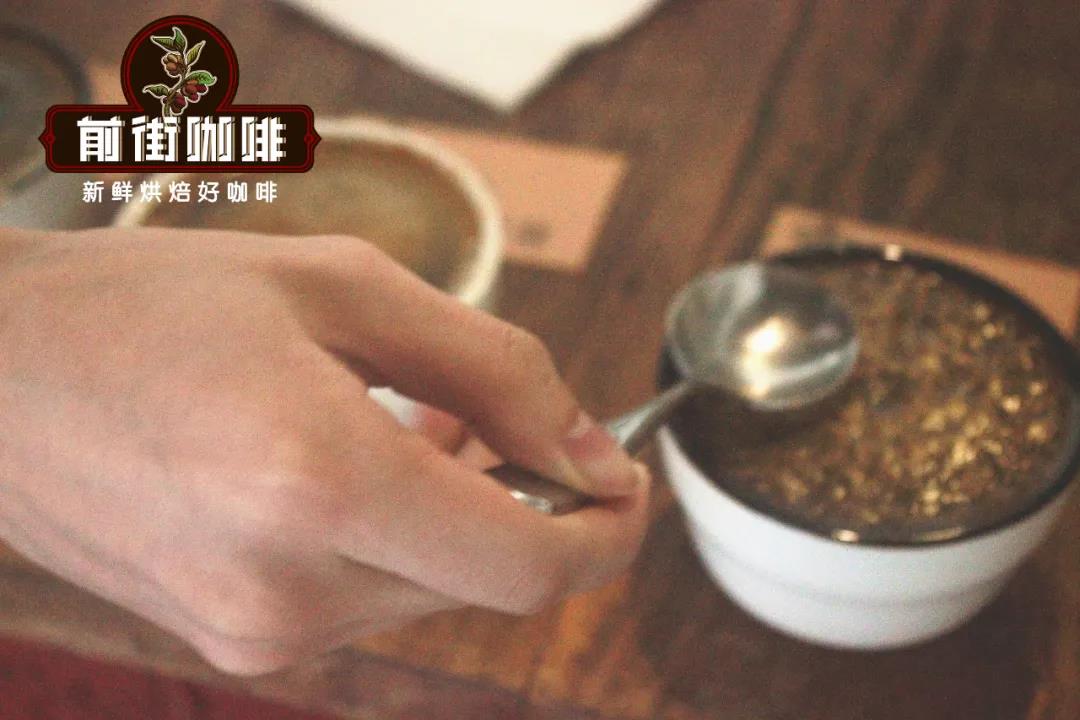
[litchi orchid baking curve 2]
Soya bean temperature: 220 ℃, yellowing point: 5: 50 ", 152.6 ℃, explosion point: 9 times 39 ℃, 183 ℃, development after one explosion: 2 cycles 39 percent 10", 195 ℃ out.

[cup test report]
Dry incense: honey, chocolate
Wet fragrance: wine smell
Entrance: cream, dark chocolate, honey, litchi, brandy, taste is mellow, sweetness is obvious, with the change of temperature, the taste of sipping wine is obvious.
After the cup tests these two curves, Qianjie Coffee will also have a brewing test. The hand brewing parameters of Qianjie Coffee are: Hario V60 filter cup, 90 ℃ water temperature, powder-water ratio at 1:15, and BG#5F grindness (the pass rate of Chinese standard 20 sieve is 80%). The degree of grinding of each coffee bean will be different, because of the variety, altitude, treatment, roasting and other factors, so Qianjie Coffee will first sift through to determine the appropriate hand grinding when it gets a roasted new bean.

[cooking technique]
Qianjie coffee is extracted by stages, that is, three-stage water injection. First water injection: steaming (to help exhaust)
Coffee beans in the roasting process from raw beans to ripe beans will undergo a series of chemical reactions and physical changes, after a certain degree of baking, coffee beans will accumulate a large amount of gas (most of which is carbon dioxide).
Generally speaking, the fresher it is, the closer it is to baking, and the more bubbles usually appear during steaming. Deep-baked beans also release more gas during steaming than shallow baked beans. The coffee beans of Qianjie coffee are freshly roasted, so guests are generally advised to grow beans for three days and let the beans release carbon dioxide first, so that the problem of instability and insufficient extraction can be avoided.
After steaming and discharging the gas, the coffee particles can absorb water evenly, which can make the extraction uniform in the later stage. Good steaming can not only make the coffee powder exhaust quickly, fully and evenly, but also make the coffee powder come into contact with the water quickly, helping the coffee powder to be extracted evenly.

Second water injection
The second water injection starts from the middle, and a small water column is injected into the bottom of the powder layer. in order to concentrate the penetration force of the water column, the range of movement around the circle is small, about the size of an one-dollar coin, and then out. At the beginning of the second water supply, we should pay attention to the amount of water, and try not to exceed the height of the powder layer, that is, when the water column is wound close to the filter paper, the water supply can be stopped.
The third water injection
As the thicker powder layer on the edge of the original filter paper becomes heavier because of the draft, and as the water level falls and becomes thinner, the water level drops to half and the third water injection can be carried out.

From the third water supply, it is necessary to observe the extent of the decline of the water level, also from the center of the water supply circle, the amount of water should not exceed the height of the powder layer, then it will also be observed that the proportion of foam has already occupied the surface, and the third water injection will increase the tumbling of coffee granules, let all the deposited particles tumble, and then dissolve the soluble matter.
The rolling particles will start to rest because they stop adding water, and at this time they have to rely on the velocity caused by the falling water level to make the coffee particles produce friction, so once the addition of water stops, the coffee powder particles will sink, causing blockage, so pay special attention to the rhythm of adding water. If the water is cut off too many times, it is tantamount to letting the coffee powder particles soak in the water all the time, which will lead to the astringent and miscellaneous taste of the coffee extract at the end.
Summary:
Qianjie Coffee brews this Honduran lychee orchid coffee bean. The overall process is to use twice as much steaming water as coffee powder, that is, 30g water for 30 seconds. When the small flow is injected around the circle to 125g, it is divided into sections, when the water level is about to be exposed to the powder bed, continue to inject water to 225g to stop the water injection, remove the filter cup when the water level is about to be exposed to the powder bed, and the extraction time is 2 minutes.

[litchi orchid baking curve 1]
Cooking flavor: the entrance has berries, flowers, honey, with the change of temperature slowly have brandy and cream flavor, taste in the hot can obviously feel the acidity of berries, but there is a sense of astringency.
[litchi orchid baking curve 2]
Cooking flavor: the entrance has litchi, brandy, dark chocolate and cream. With the change of temperature, the wine taste and dark chocolate are obvious, the taste is mellow, and the finish is sweet.
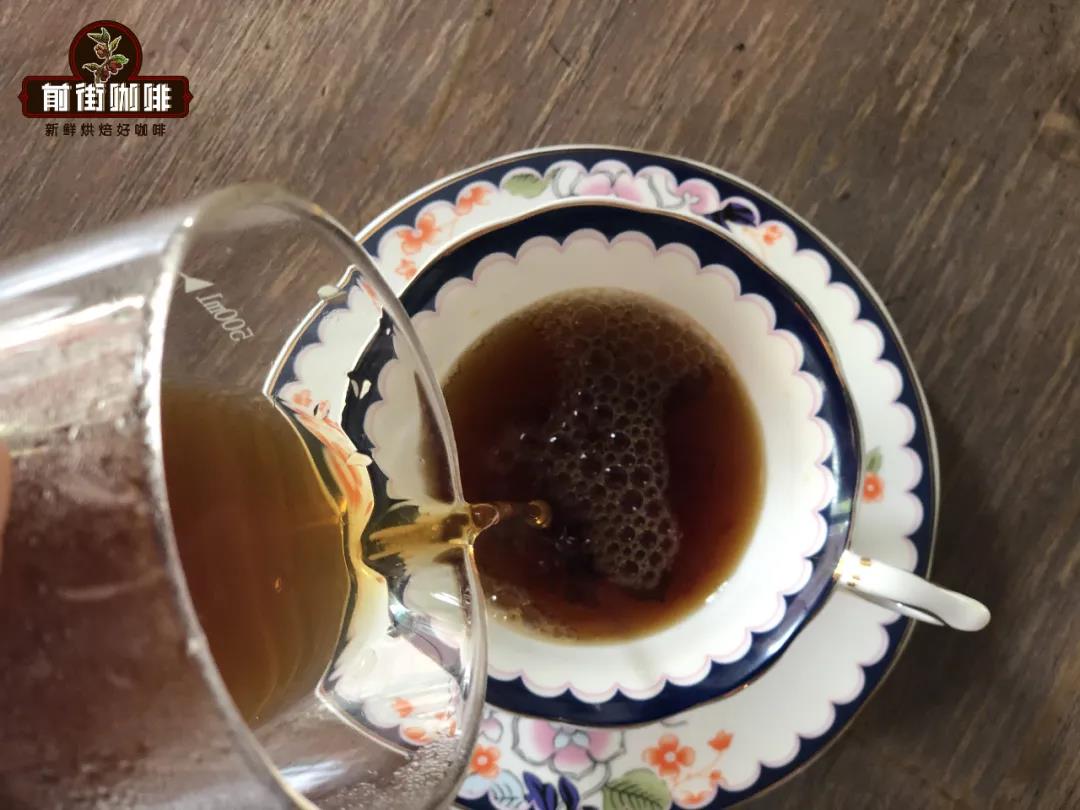
Summary
Curve one: sweet and berry aroma is not bad, the entrance has the acidity of berries, but the cleanliness is slightly poor and astringent, the aftertaste is not enough, although there is flavor, but the acidity is obvious, the wine aroma of this bean is not fully highlighted, which proves that this bean is not suitable for light and fast baking.
Curve 2: the flavor is distinct, the palate is thick and smooth, with obvious aromas of wine and dark chocolate from the entrance to the finish, with some honey sweetness.
Because the flavor shown in the first curve is sour and astringent, the flavor of the beans is not fully displayed, so the Qianjie coffee roaster extends the development time of the beans in the second curve so as to develop more flavors, making the performance of the beans more balanced as a whole.
Qianjie Coffee continues to dig up hundreds of coffee beans from all over the world. Qianjie Coffee often compares different coffee producing areas. Qianjie Coffee believes that through comparison, it can better understand the flavor of the producing areas. There is a time limit for the flavor of coffee beans, so Qianjie coffee always insists on fresh roasting. The reason for this emphasis on fresh roasting is that with the passage of time, when the coffee has been roasted for more than 50 days, there is basically no aroma. So Qianjie coffee is recommended to brew and drink after raising beans for 3 days.

For more boutique coffee beans, please add private Qianjie coffee on Wechat. WeChat account: kaixinguoguo0925
Important Notice :
前街咖啡 FrontStreet Coffee has moved to new addredd:
FrontStreet Coffee Address: 315,Donghua East Road,GuangZhou
Tel:020 38364473
- Prev

Flavor characteristics of Honduran litchi orchid coffee beans course on brewing Li coffee beans in brandy barrel
Professional coffee knowledge exchange more coffee bean information please follow Coffee Workshop (Wechat official account cafe_style) Honduras is located in a high-altitude volcano. In recent years, improved planting and treatment have made the country one of the highest coffee bean production in Central America, even exceeding that of Guatemala. Honduran Coffee
- Next
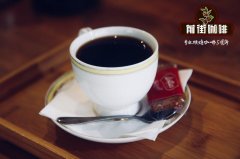
Introduction to the flavor characteristics and geographical location of Blue Mountain Coffee
Professional coffee knowledge exchange more coffee bean information please pay attention to the coffee workshop (Wechat official account cafe_style) Blue Mountain Coffee is the most superior coffee in the world, and the output is low, so things are scarce. The Blue Mountains are located in the east of the island of Jamaica (Jamaica). Because the mountain is surrounded by the Caribbean Sea, the sun shines directly on the blue sea and peaks on clear days.
Related
- Detailed explanation of Jadeite planting Land in Panamanian Jadeite Manor introduction to the grading system of Jadeite competitive bidding, Red bid, Green bid and Rose Summer
- Story of Coffee planting in Brenka region of Costa Rica Stonehenge Manor anaerobic heavy honey treatment of flavor mouth
- What's on the barrel of Blue Mountain Coffee beans?
- Can American coffee also pull flowers? How to use hot American style to pull out a good-looking pattern?
- Can you make a cold extract with coffee beans? What is the right proportion for cold-extracted coffee formula?
- Indonesian PWN Gold Mandrine Coffee Origin Features Flavor How to Chong? Mandolin coffee is American.
- A brief introduction to the flavor characteristics of Brazilian yellow bourbon coffee beans
- What is the effect of different water quality on the flavor of cold-extracted coffee? What kind of water is best for brewing coffee?
- Why do you think of Rose Summer whenever you mention Panamanian coffee?
- Introduction to the characteristics of authentic blue mountain coffee bean producing areas? What is the CIB Coffee Authority in Jamaica?

